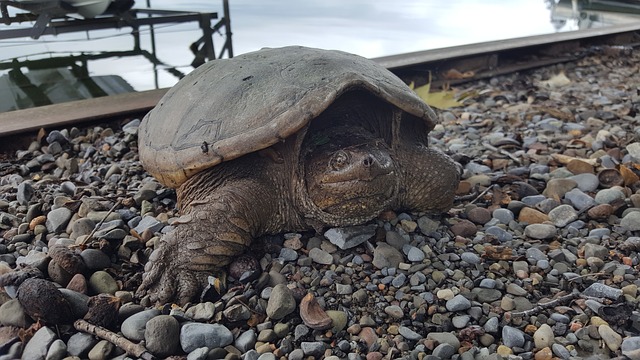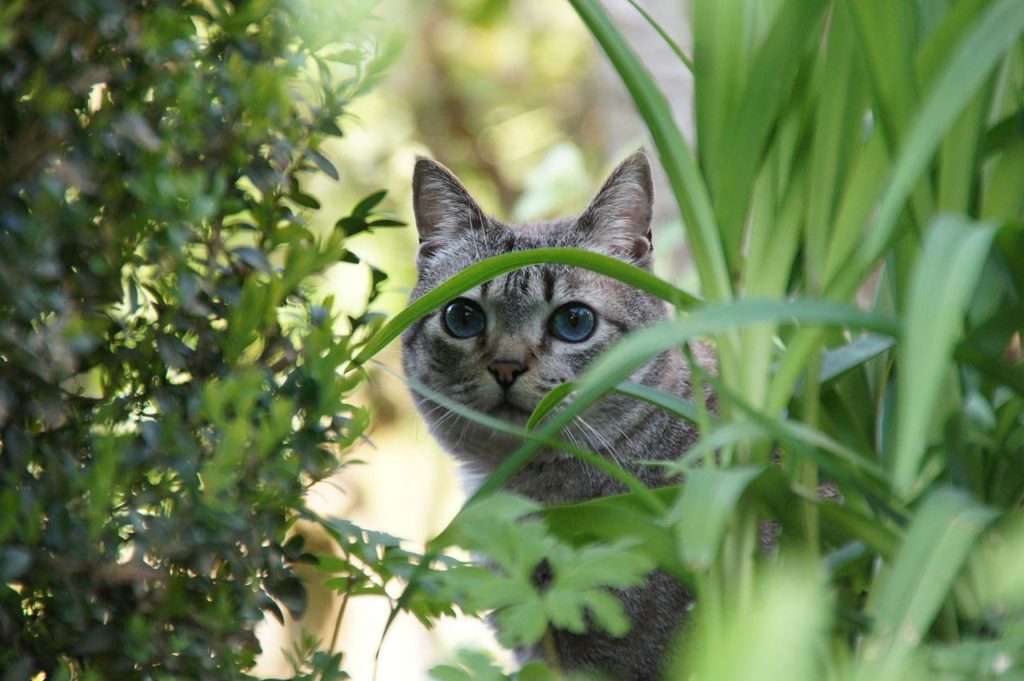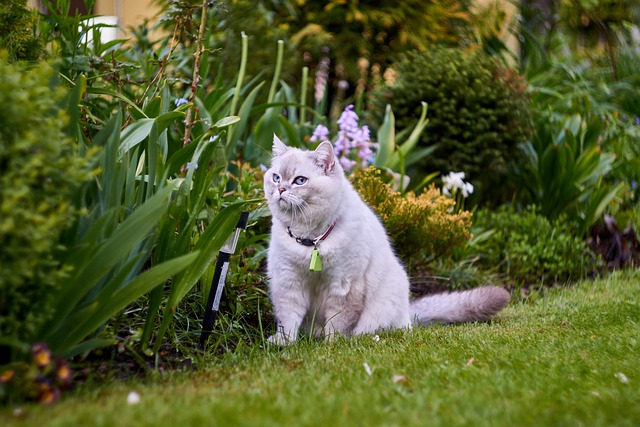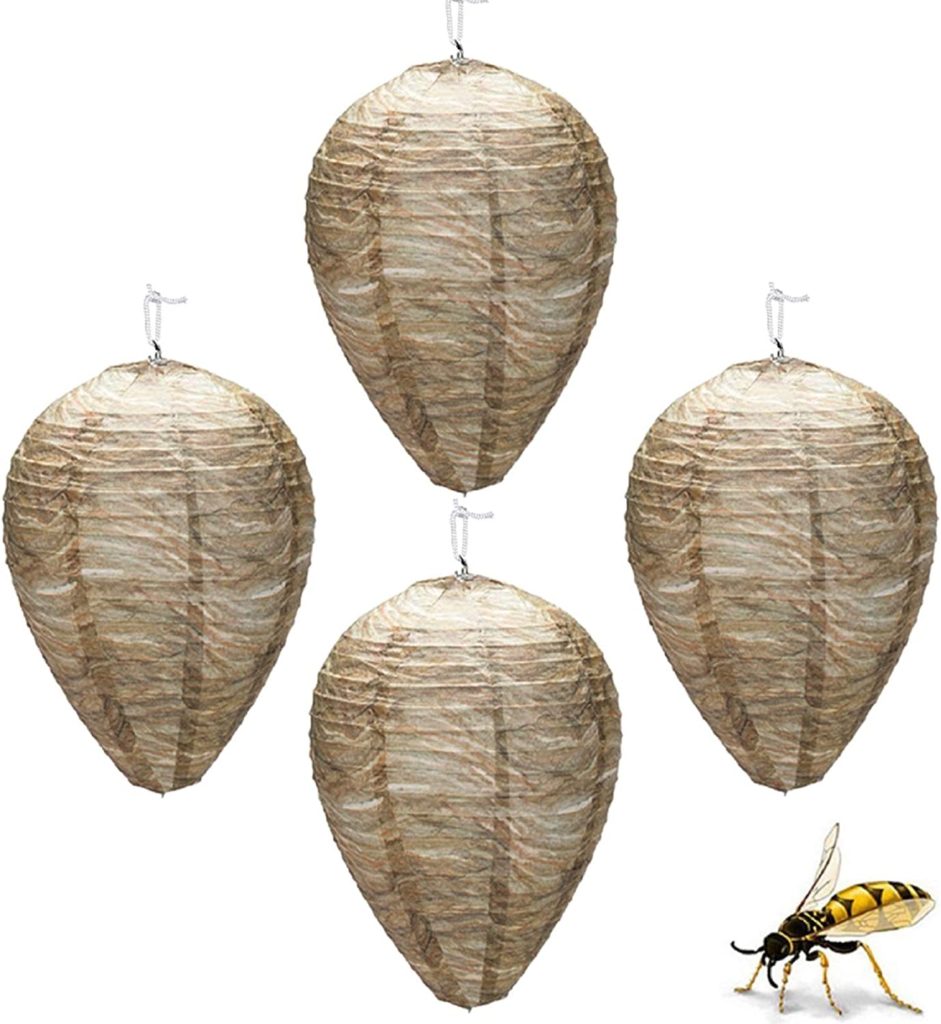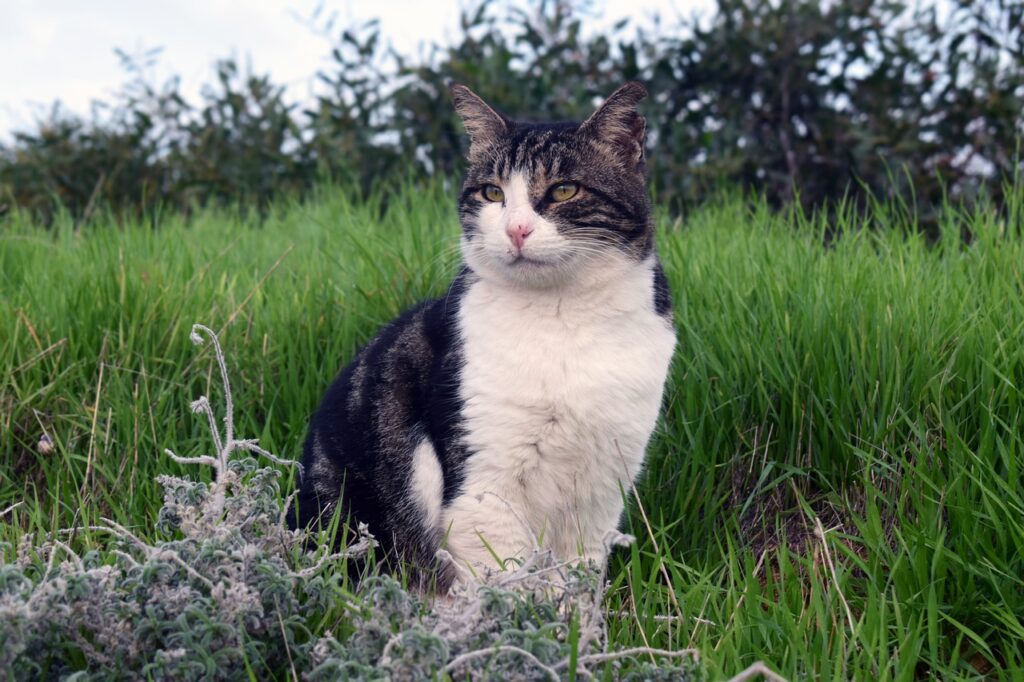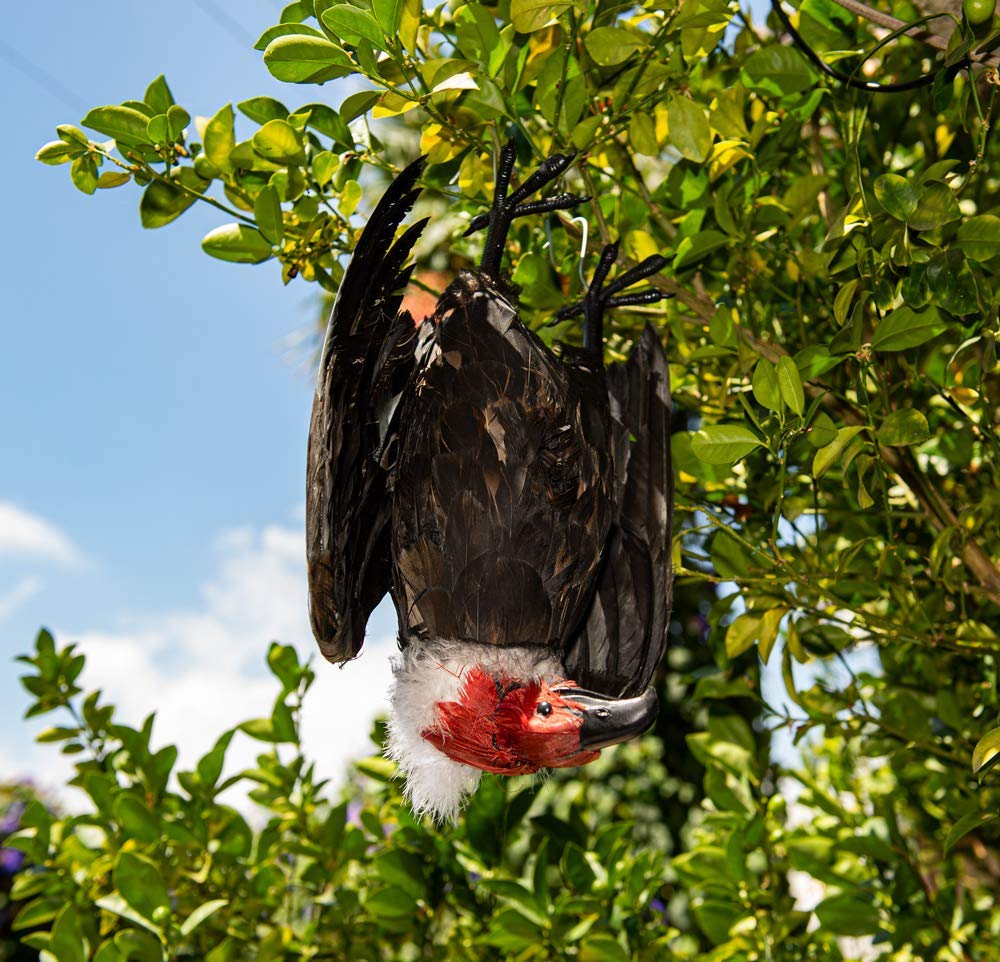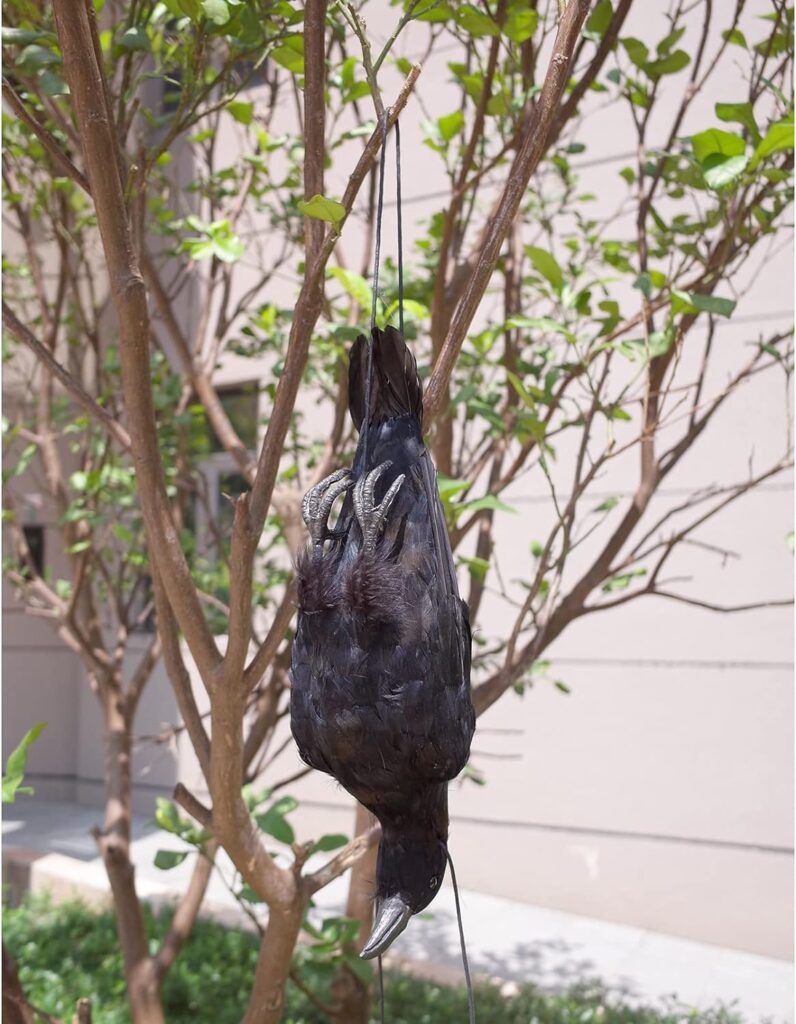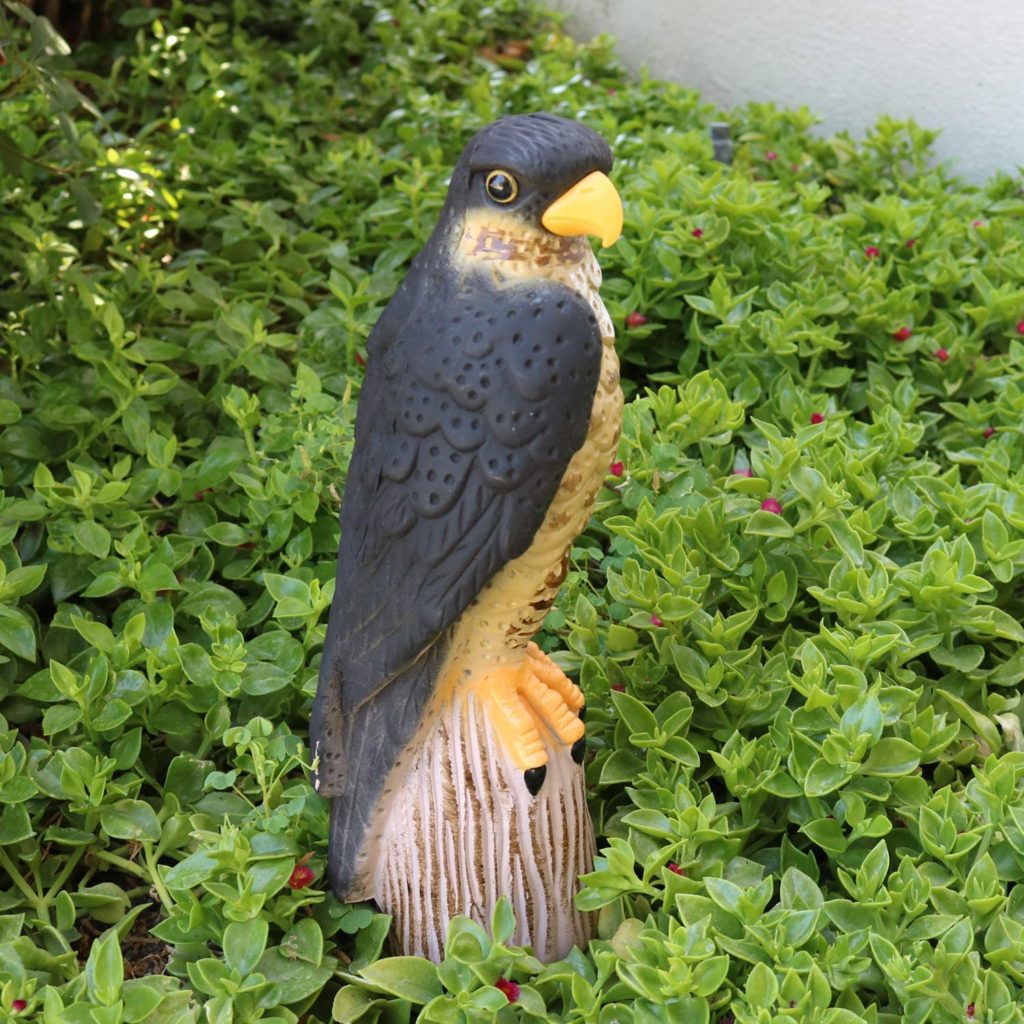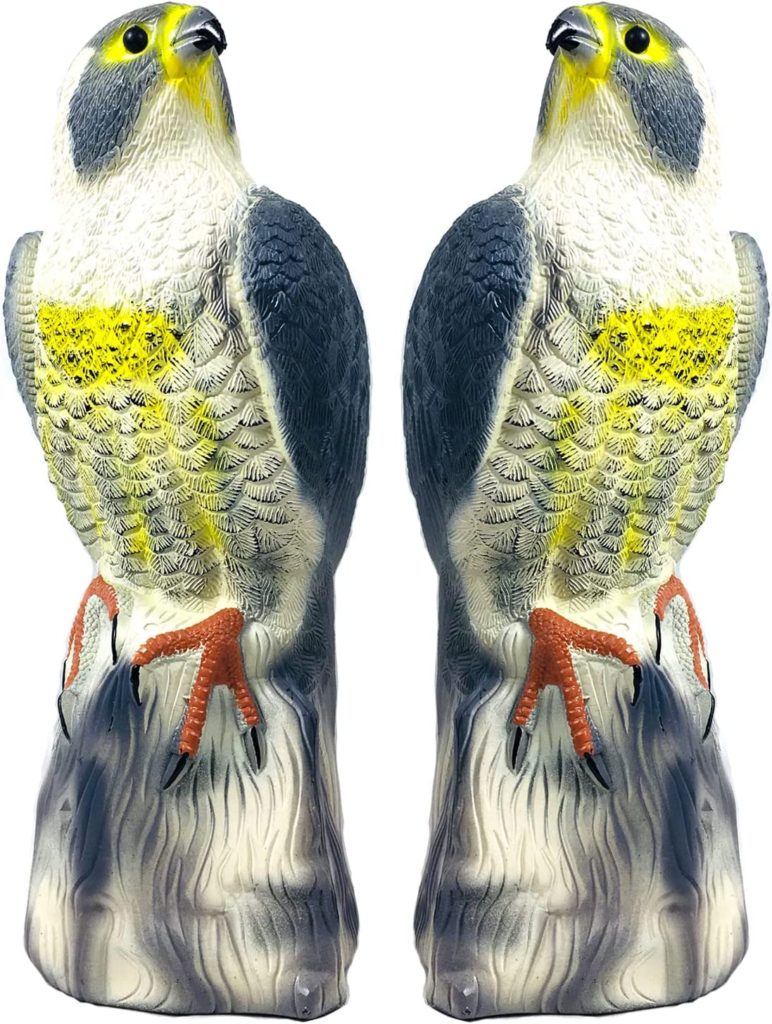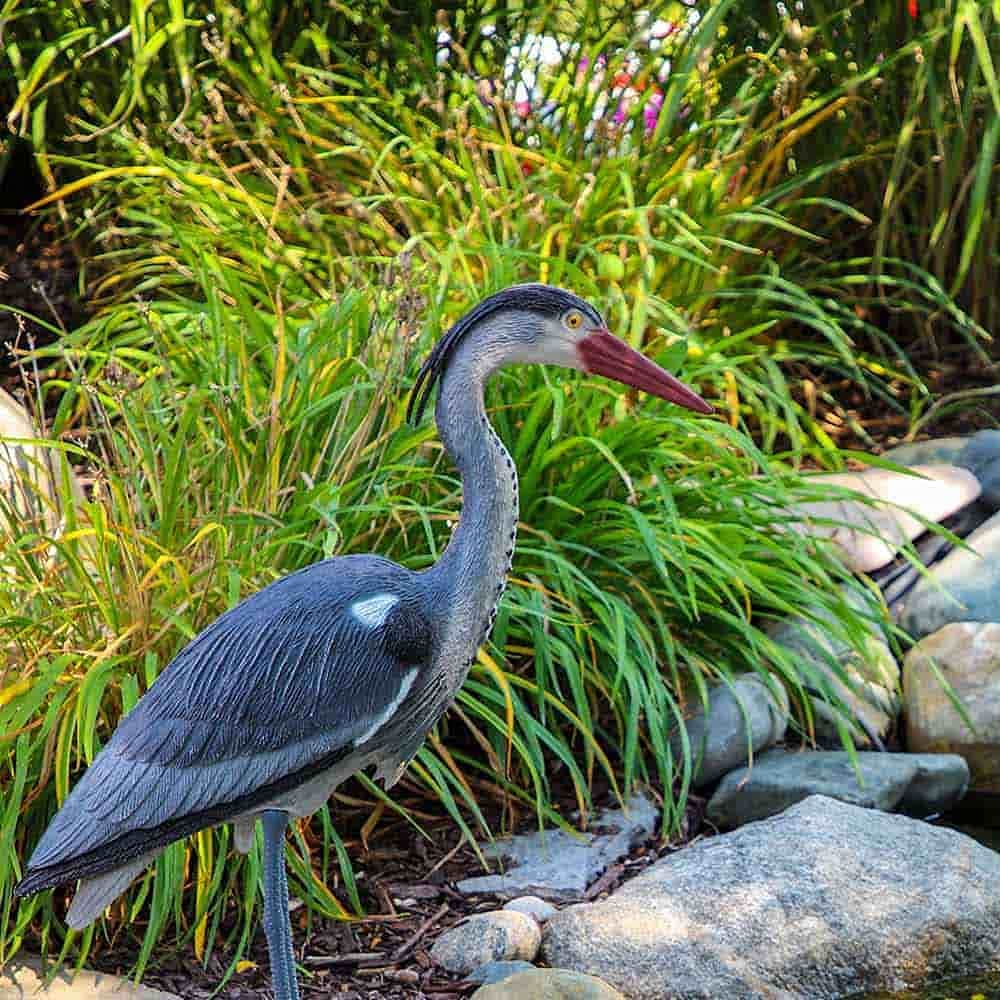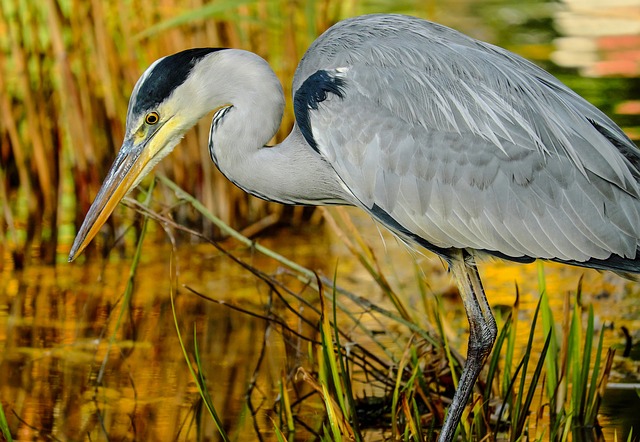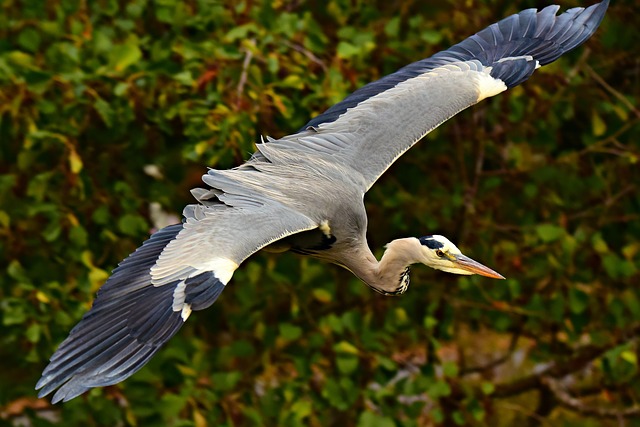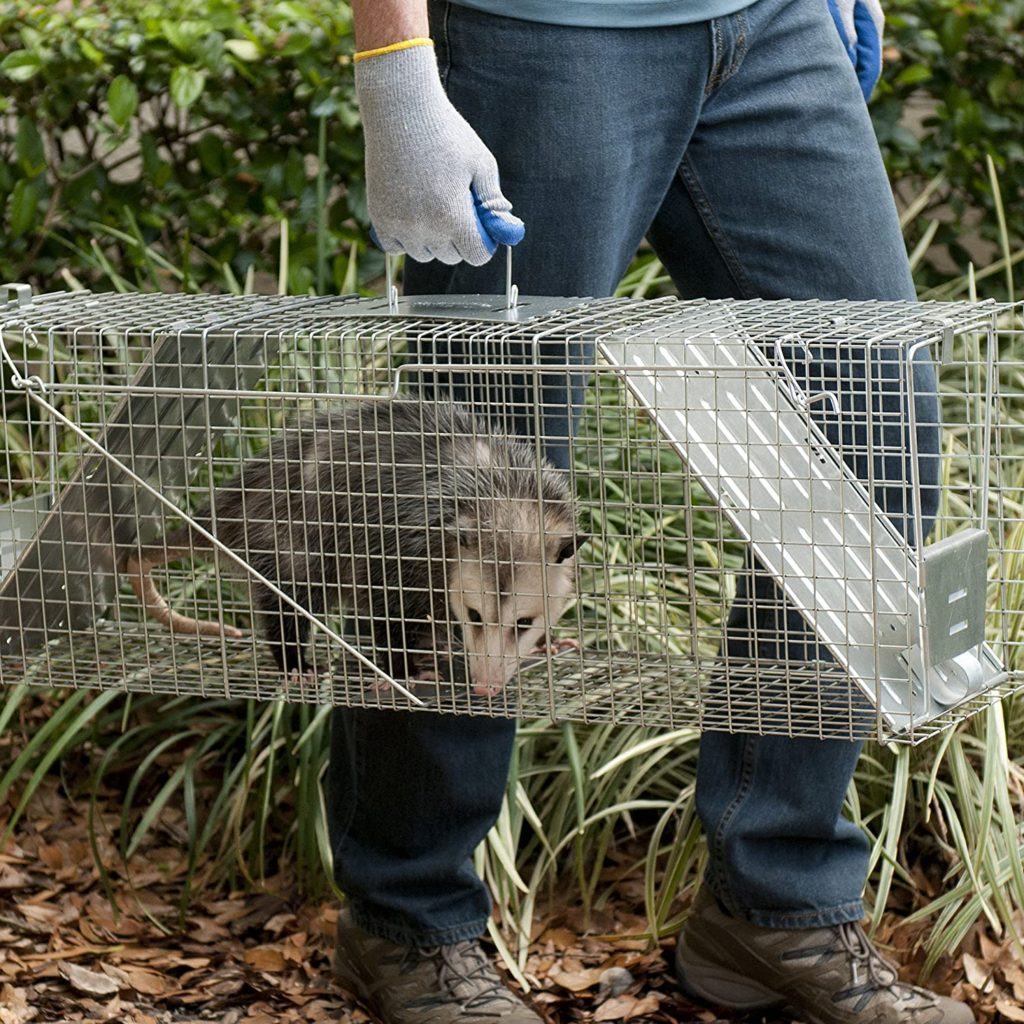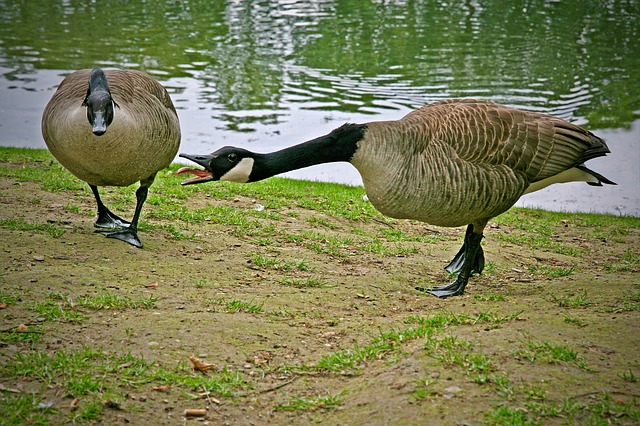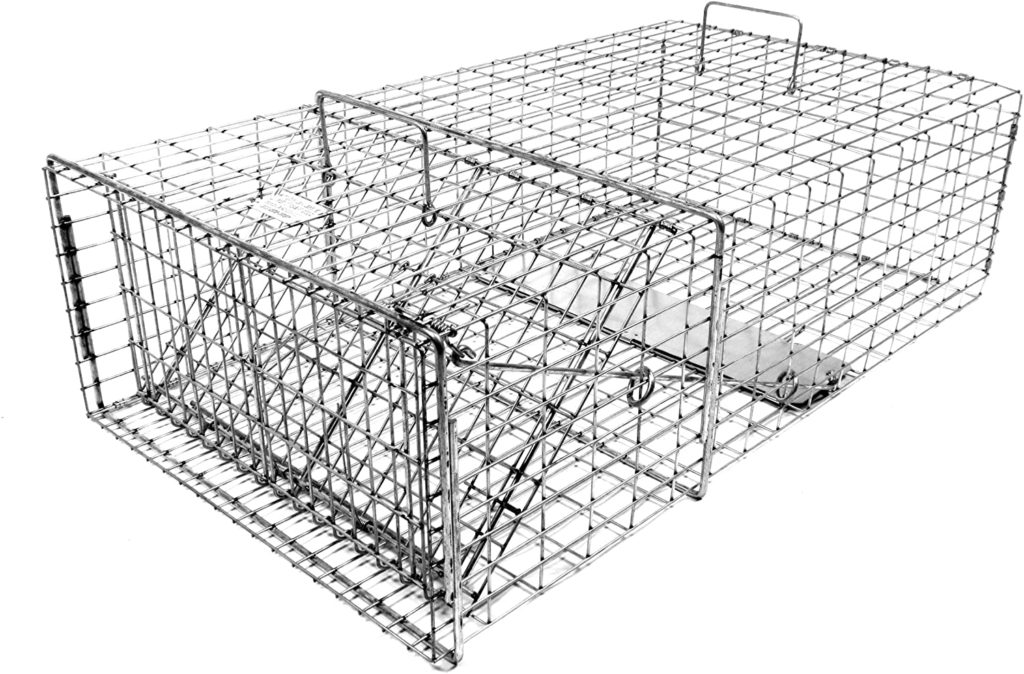
While there are some turtle species that can live peacefully in backyard ponds snapping turtles are typically not one of them. Not only are they carnivorous but also potentially dangerous. However before you try and catch one, you’ll want to know how to get rid of snapping turtles in the pond first.
Why Get Rid Of Snapping Turtles
Snapping turtles often get into ponds and lakes from nearby bodies of water. These carnivorous pond pests will eat your ornamental fish. They will also eat baby geese and ducks and even sometimes adult waterfowl as well.
Their dangerous bite can inflict serious wounds and snapping turtles are known to carry salmonella. It’s no wonder most people want to get rid of snapping turtles in ponds or lakes on their property as quickly as possible. Here’s what you’ll need to know to do so.
Check Local Regulations
Just like when trapping any other type of animal, you’ll want to check your local regulations when it comes to trapping but also transporting, and relocating snapping turtles. While in most areas it’s not a problem to do any of these it may not be legal where you live so it’s worth finding out first.
Choose A Trap
When choosing a snapping turtle trap you’ll want to purchase a live trap in order to make sure that the turtle is not harmed during the process. A live trap will also make transporting and releasing the turtle easy and safe for you as well. Live turtle traps come in two basic types: floating and non-floating.
Select A Bait
Snapping turtles are carnivores and therefore can easily be attracted into a trap using meat. Typically meats with strong scents work best. Pieces of beef, fish, along with liver and other internal animal organs, are all known to work well.
Set Your Trap
Place the bait inside of your trap. You’ll need to make sure that the bait is deep enough inside the trap so that the turtle has to enter fully inside in order to get to it. Place your trap in a shallow area since that is where snapping turtles like to hunt for food.
If you have a non-floating trap you will have to place it in a spot that is shallow enough so that part of it is out of the water. This will allow the snapping turtle to breathe. If the trap is fully submerged under the water the turtle will not be able to get any oxygen when inside and may drown.
Relocate
Once you catch the turtle you can relocate it to an appropriate river, pond, or lake. Be sure to be careful when transporting and releasing the turtle. Snapping turtles have an incredibly strong and painful bite that can do a lot of damage. And don’t forget that their necks can extend quite far and also quickly when they’d like to take a bite out of something.
Snapping turtles have sharp claws that can easily cause deep scratches as well. Therefore when getting rid of snapping turtles, regardless of if you’re simply holding the trap or actually handing the turtle, you should wear heavy gloves to protect your fingers and hands.
Start Shopping for Snapping Turtle Traps!
What Smells Do Crows Hate?
Crows can be quite a nuisance. And one natural way to deter them is by using scents that they dislike. But what smells do crows hate? Read on to find out! Pest Crows Crows are often considered to be pests. In agricultural areas, they are well-known for causing crop...
How To Get Rid Of Owls In Your Yard
While owls are amazing creatures and can help to function as natural pest control, they are not a bird everyone wants on their property. Fortunately, when it comes to how to get rid of owls in your yard there are quite a few things you can do to deter them. Here’s...
How To Make Irish Spring Deer Repellent
Irish Spring isn't just a soap that has a pleasant and energizing fragrance. It's also an ingredient that can help keep your outdoor space healthy and inviting. By making your own Irish Spring deer repellent you can help keep nuisance deer at bay. Here's what you'll...
The Best Cat Deterrent Plants
Cats are adorable and beloved creatures. That doesn't mean, however, that they belong in your garden. The last thing you want is to see felines eating your favorite plants, or using your garden as their personal toilet. So here are some of the best cat deterrent...
Do Coffee Grounds Deter Cats?
You may find your garden and yard smelling awful because the neighborhood cats have decided to treat the area as their giant litter box. Not only can it really stink but it’s unsanitary too. Cats may also be tearing up plants and digging out seeds and bulbs. You may...
Will Coffee Grounds Keep Cats Away?
If you find that the neighborhood cats are treating your garden and yard like a personal litter box, it is time to use coffee grounds to keep cats away. You may wonder, "Will coffee grounds keep cats away?" The answer is yes, they will. This is not a myth or an old...
Cats And Coffee Grounds
For most of us, our first cup of coffee in the day is like a drink of ambrosia. Not only does it smell and taste delicious but it has many other advantages. Cats and coffee grounds do not go together. And this is great if you are having trouble with cats littering up...
Everything You Need To Know About Fake Wasp Nests
Buy on Amazon Wasps are aggressive pests that have a painful and potentially dangerous sting. Luckily you don’t have to risk serious injury in order to keep them away. A much easier option is to use a fake wasp nest to deter them. And here is everything you’ll need to...
How To Use Orange Peels To Deter Cats
Are you tired of neighborhood cats wreaking havoc in your garden or yard? What if we told you that there is a simple, natural, and effective solution to repel them? Enter the humble orange peel to deter cats, a surprisingly powerful DIY cat repellent that has been...
The Complete Guide To Bird Cannons
Buy on Amazon Birds and other pests can be a huge nuisance for farmers, businesses, and homeowners in rural areas. They can cause an incredible amount of damage, a loss of income, and also be a major safety concern. A bird cannon is a cost-effective and highly...
Types Of Pest Birds
Pest birds come in a variety of shapes and sizes. However they all have one thing in common: they can be a real nuisance to us humans in one way or another. The following are the most common types of pest birds you’re likely to encounter. European Starling The...
Dead Vulture Decoys: The Beginner’s Guide
Buy on Amazon Vultures in flight can look elegant as they soar high above. However, these large birds can be a big problem once they’ve decided to land on your property. A dead vulture decoy is one of the most efficient tools for deterring these pests. And here...
The Total Guide To Dead Crow Decoys
Buy on Amazon Whether you live in the country, suburbs, or even the city, dealing with pest crows can be a significant problem. One of the most effective methods for controlling these nuisance birds is using a dead crow decoy. This all-in-one guide will cover...
Falcon Decoys: Everything You Need To Know
Buy on Amazon Dealing with the damage and mess caused by pest birds is never fun. However, you actually don’t need to spend much time or money in order to get rid of birds and other pest species. With the help of a falcon decoy, you can take advantage of their natural...
All About Hawk Decoys
Buy on Amazon Pest birds can make a huge mess and cause a lot of expensive damage. To help keep birds and other pests away, a hawk decoy is an effective and safe solution. So here is your complete guide to them. Why A Hawk Decoy? Hawks are one of the most widespread...
The Complete Great Blue Heron Decoy Guide
Buy on Amazon A hungry heron can easily make a meal out of expensive pond fish. One of the most effective methods for protecting your pond from these smart birds is with a great blue heron decoy. Here is your complete guide to them, with all the info and tips you’ll...
How To Keep Blue Herons Out Of Your Pond
Great blue herons are one of the biggest problems that pond owners face. These birds are not only smart but can easily catch and swallow large numbers of surprisingly big pond fish. Therefore you’ll need to know how to keep blue herons out of your pond in order to...
How To Deter Herons From Your Pond
Herons are designed by Mother Nature to hunt fish. And unfortunately for pond owners, they often find pond fish to be an easy meal. So in order to protect your fish, you will want to know how to deter herons from your pond. Alligator Decoys Alligators are natural...
Live Animal Cage Trap Tips For Success
Buy on Amazon Pests can be a major hassle; they can cause costly damage, make a mess, and can even spread disease. Many homeowners choose to trap pests on their own using what are known as live animal cage traps. These traps are totally humane and allow you to safely...
Common Pond Pests And How To Deal With Them
While there are many benefits to owning a pond, one of the drawbacks is dealing with pests. And whether big or small they can definitely be a nuisance. Here are some of the most common pond pests you’re likely to encounter along with the basics on how to deal with...

